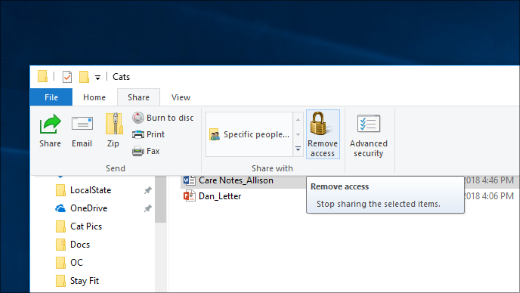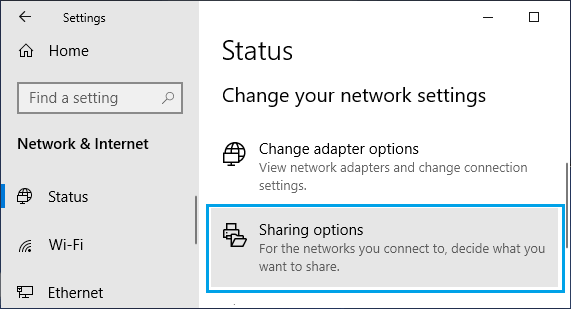

- #Windows home network file sharing full
- #Windows home network file sharing Pc
- #Windows home network file sharing windows
This complex arrangement ultimately results in a highly flexible one, the small amount of initial user and group set up is easy enough to manage. Finally there's User Account access, which requires that you enter credentials to access shared folders from a remote system.

This is for anyone who doesn't have a user account. The first is the Public shared folders that anyone can access. You're going to be able to enable remote access to systems on three levels.
#Windows home network file sharing windows
What on God's green earth has that got to do with networking? Well, Groups, Users and Login sessions are core to the Windows security system. Instead we're going to look at Windows User Accounts. We're not starting at the beginning, as you were expecting. With that unpleasantness done away with, we can focus our attention on how the core Windows networked file-sharing works. The Public network option is handy as it locks down network access to the system when on an untrusted network.ĭespite its semi-hidden nature this does present a useful way of turning off the Homegroup, though the additional Homegroup home will stay visible in the Navigation pane till the sun engulfs the earth in its fiery embrace. The only reason to select Home network is that it enables Homegroup, while Work network disables Homegroup.

Get to it by selecting 'Start' > 'Control Panel' > 'Network and Internet' > 'Network and sharing' and under 'View your active networks' select the current Home/Work/Public network link. Part of this new system is the somewhat pointless Set Network Location selection. It also doesn't help that networking issues are painful to diagnose, while the easy-to-use interface elements plug into the traditional networking anyway.
#Windows home network file sharing Pc
So if PC A used by Bob is given access to PC B, when little Timmy gets on PC A, Timmy's going to be able to access everything on PC B. We also worry that it hands access to remote systems without any additional credential checking, which is to say once a PC is given access it always has access no matter who's using it. It's not a bad system but it's still riding on the coat tails of something that's more flexible. This is great if you can be bothered with difficult-to-remember 10-digit pins and having to change all those default folders, so you don't share them with every Tom, Dick and Harriet each time you initiate it. Similar to wireless networking WPS, it uses a PIN to prove valid authentication between systems. Homegroup is a streamlined way of getting file sharing to work over a home network. We'll take advantage of some of these interface changes, since they offer shortcuts to sharing folders, but we're going to avoid Homegroup. Over the years Microsoft has attempted to simplify the job of managing networked file shares, which in our opinion only helped to confuse the situation. This underlying architecture for Windows NT has remained the same then, with security handled through the Security Reference Monitor system, using Access Control Lists and unique Security Identifi ers called SIDs to orchestrate this symphony. Technically, Windows 8, RT and Server 2012 will all be based on Windows NT v6.2. The whole Windows range was effectively merged with Windows Vista as NT v6 and onwards. As you should know, Windows NT became the core of Windows 2000 aka NT v5 and then Windows XP as NT 5.1. The truth is that the networking that exists inside all of Microsoft's current products is the same underlying system that was built into Windows NT back in 1993. So you can pick and choose depending on how tiered you want to make your file sharing access. Besides, once you've nailed the more complex systems, they work with and are the Homegroup system anyway. So why when Microsoft goes to all that time and trouble to provide an easy route, should you care to learn the hard way? Frankly because it offers far more flexibility for a little more investment of your time.
#Windows home network file sharing full
For complete control you want to unleash the full Windows network file sharing. Like we said, Homegroup is fine if you're seeking the basic control. Let's not also forget the ability to limit, monitor and revoke access too. It's a reassuringly complex system, which once you understand the basic elements, is easy to deploy with total control, allowing you to decide who, how and exactly what is shared and accessible over your network. That's the key here - not only does it arm you with the knowledge to twiddle with network shares on Windows 7, but without too many complications, everything from Windows NT, XP Server right through to Vista and Windows 8.


 0 kommentar(er)
0 kommentar(er)
